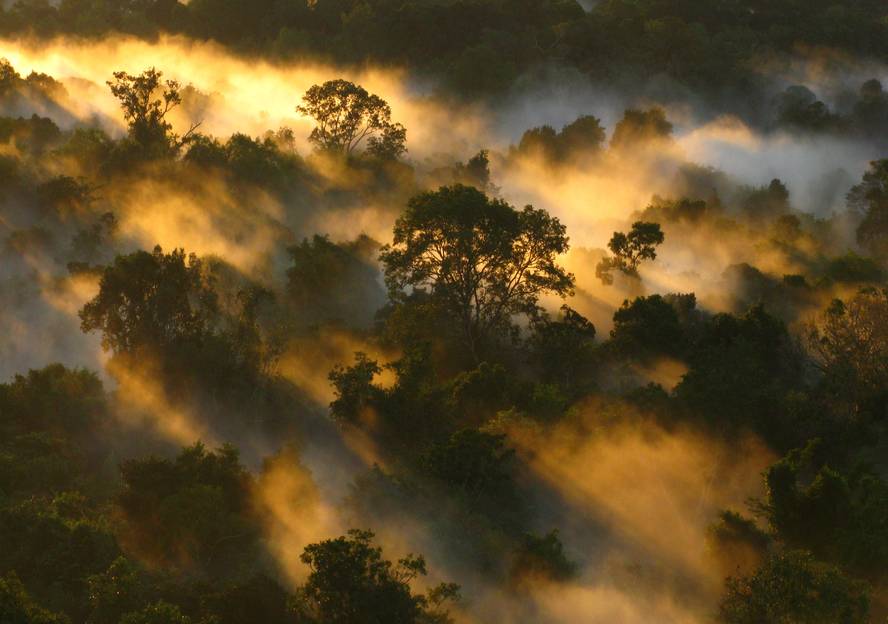Amazonia accumulates less and less carbon
The Amazon rainforest accumulates less and less carbon. A large group of international researchers have studied the evolution of biomass dynamics in the Amazon during the last three decades and have concluded that the biomass accumulated in the last decade has been a third lower than in the previous decade. The results have been published in Natura.
Forests and forests absorb and accumulate atmospheric carbon in the form of biomass. The Amazon is one of the places where more carbon accumulates on Earth. However, there is great uncertainty about the future evolution of tropical forests in the face of climate change and changes in the atmosphere. With the aim of knowing the changes that are taking place in the Amazon biomass and being able to have indications of what could happen in the future, the data taken in 321 points of the Amazon between 1883 and 2011 have been analyzed, and a decrease in the concentration of carbon has been observed. In particular, the growth rate of vegetation is maintained, but mortality increases.
The increase in the number of dying trees is one of the causes that researchers believe could have increased climate variability. In any case, it has been stressed that the decrease in the absorption capacity and carbon storage of the Amazon could affect the CO2 levels of the atmosphere, so it should be taken into account in the climate models.





